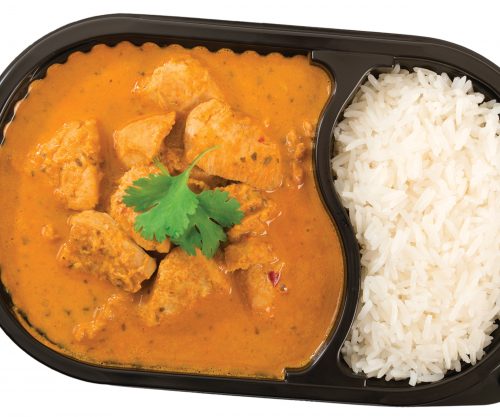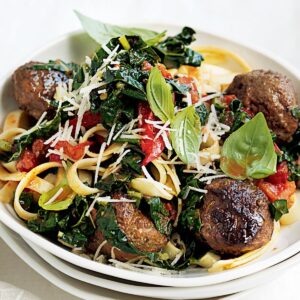
Convenient they may be, but how do ready meals stack up nutrition-wise? Healthy Food Guide puts them to the test.
Needing a quick option for a hot meal? ready meals are a convenient alternative to home cooking. But how healthy are they?
We found some would be best incorporated into an overall healthy diet as an occasional fall-back, while others could be enjoyed more often.
What’s available?
The good news for busy people, single cooks or those on the lookout for an emergency option is there’s a lot of choice out there. Ready meals come frozen, chilled or vacuum packed on the shelves. We found a range of meals to cater for different tastes, including traditional European, curry, Thai, Chinese.
There are also an increasing number of gluten-free and vegetarian options. Here, we’ve only included ready meals that were protein, veges and carbs.
Meal sizes varied considerably, from 200g to 450g.to compare, the average weight of a Healthy Food Guide meal is nearer 450g.
Energy
We found ready meals that ranged from a tiny 545kJ to a man-sized 3060kJ per meal. We wouldn’t call 545kJ a meal. choosing higher-energy meals may be suitable if you’ve a physically active lifestyle or job, but watch out, as they are often higher in fat rather than protein or carbs. The ready meals we found that met our saturated fat and sodium recommendations tended to be lower in energy.
We recommend choosing ready meals that contain 2500kJ or less per serve.
Saturated fat
There was a huge difference in the saturated fat content of ready meals. The lowest we found was 0.5g per serve, the highest 24.9g per serve. Given it’s recommended we have no more than 24g saturated fat in an average 8700kJ day, making sure you choose a healthy ready meal could make a big difference.
We recommend choosing ready meals that contain 7g or less saturated fat per serve.
Sodium
With homemade meals we can control the amount of salt we add. Buying prepared food means we’re relying on the manufacturers to make good choices on our behalf. Around half the ready meals we found on the market came in within our recommendations. One product we found contained more than the daily suggested dietary target of 2000mg sodium in one meal.
We recommend choosing ready meals that contain 800mg or less sodium per 100g.
Add frozen veges or microwavable rice to boost the energy and fibre of lighter meals if you find that a meal with less than 10g protein doesn’t satisfy for very long, add ¹/³ cup of frozen edamame beans for an extra 6.5g protein along with 4g fibre and just 330kJ.
How to choose
Use these criteria to compare ready meals
www.healthyfood.com











